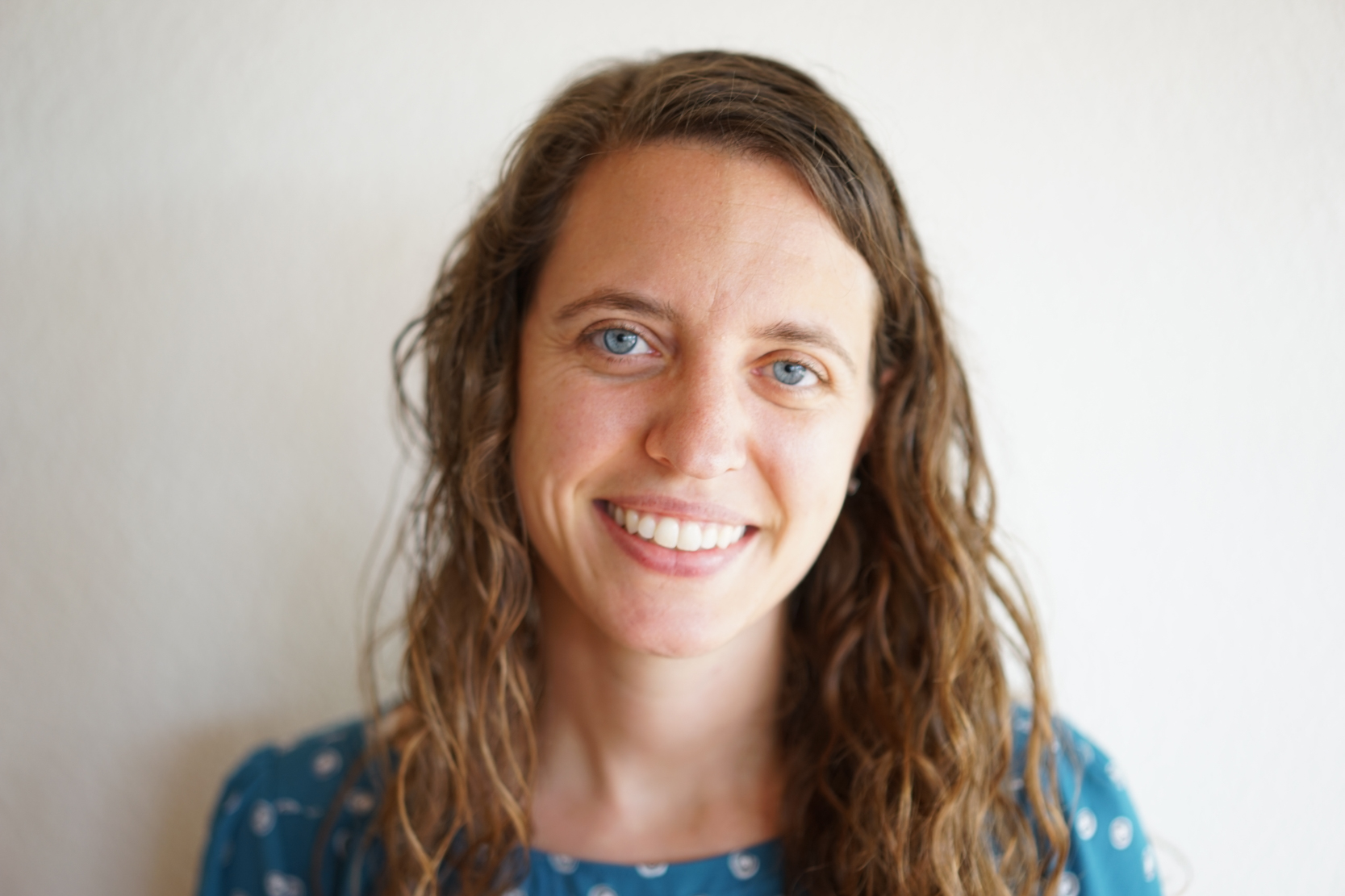
We love to hook our students into learning with demos, videos, gifs, and hands-on activities. However, how do we bridge that hook into student-driven lessons that connect their curiosities with our learning goals?
One of my favorite strategies is the See-Think-Wonder! I first learned about this strategy from my good friend Ben Kovacs as I was implementing virtual reality field trips into my middle school science class for the first time. This strategy works well for all ages and all content areas. Very simply, students observe a phenomena then brainstorm what they see, think, and wonder about the topic. This often leads into fun and interesting conversations, pushing us deeper into the topic.
Finding Phenomena
- YouTube is an excellent starting point for short videos on a wide variety of topics. Bonus: show the video on silent first, have students record their see-think-wonder observations, then show the video a second time with sound.
- Kids Discover offers a vast library of articles to spark students’ curiosity on different topics. Reading an article together as a class, then allowing students to take their see-think-wonders beyond the facts is an excellent starting point for any lesson or unit!
Get started with a See-Think-Wonder template:
- Padlet: We frequently use Padlet in our class to list our ideas. It is excellent for organizing students’ responses in a clear grid. If you select the “grid” option, you can easily create columns for “What do you see?” “What do you think?” and “What do you wonder?” Check out this template (click “remake” in the top right corner to use this template too). While Padlet has a limited amount of Padlets you can make for free, you can easily reuse the same Padlet for multiple classes: download previous responses, then clear all posts.
- Google Docs: Other times, we have students use Google Docs to brainstorm their See, Think, and Wonder either individually (template) or as a whole class (template). For the whole class activity, students can quickly see their peers’ ideas. Often, this leads to a much richer discussion when we’re working fully online. For in-person learning, both activities are perfect, as it provides students the opportunity to share their own thoughts and collaborate with their peers.
No matter how you implement this strategy, your students will think deeper on the topic. Allowing students’ curiosities to drive the learning leads to better authentic engagement and more fun for everyone!
